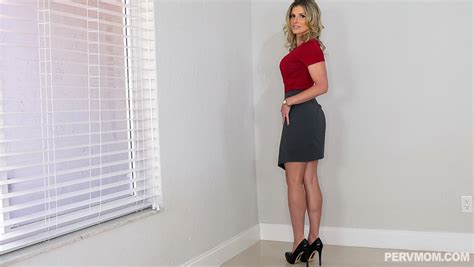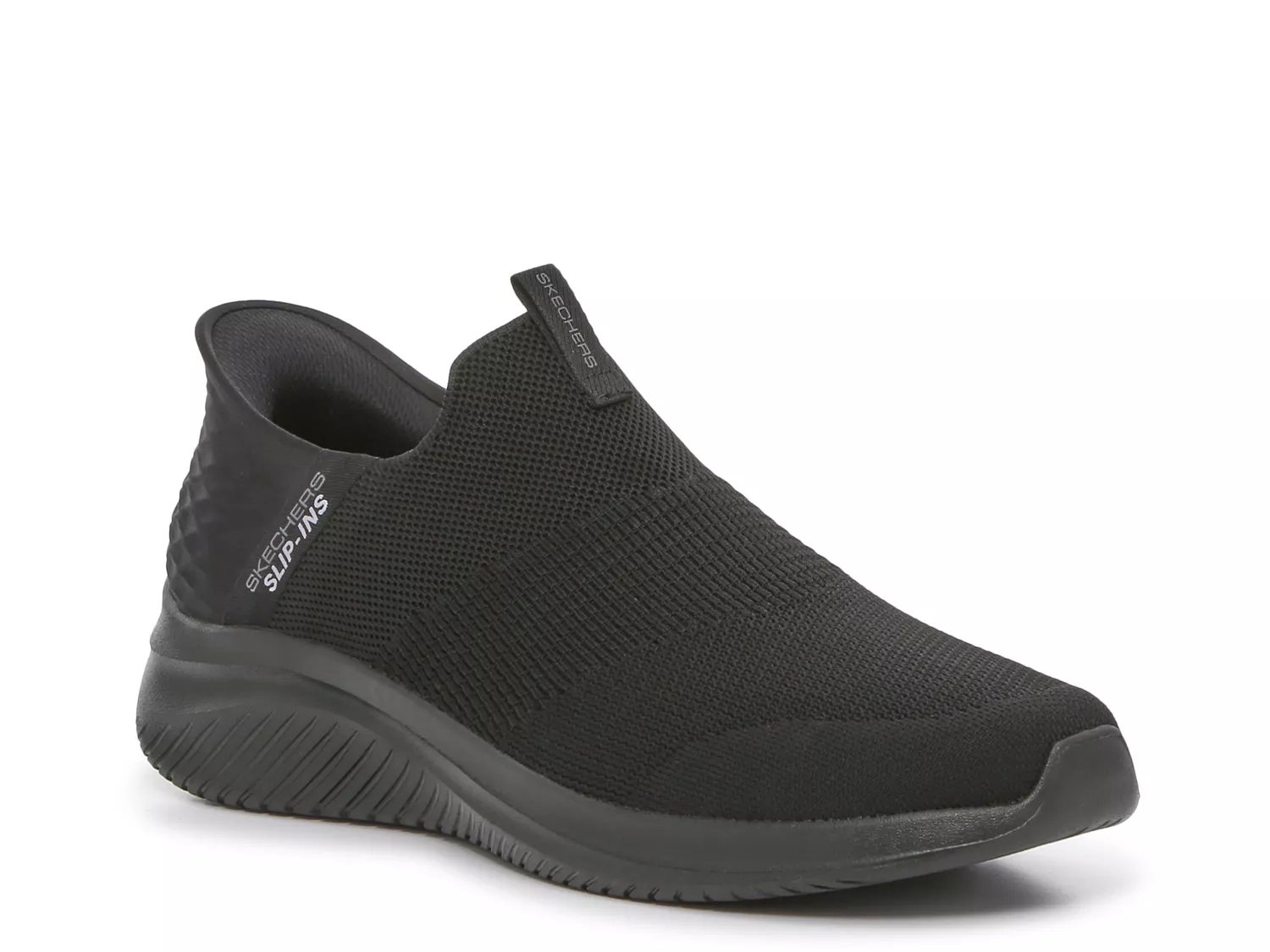5 Tips Welding Shoes

Welding is a complex and highly specialized process that requires not only a great deal of skill and expertise but also the right equipment to ensure both the quality of the work and the safety of the welder. Among the various pieces of safety gear that a welder must wear, welding shoes often go overlooked but are crucial for protecting the feet from sparks, molten metal, and other hazards associated with welding. Here are five tips for selecting and using the right welding shoes:
1. Understand the Hazards
Before selecting welding shoes, it’s essential to understand the hazards that they protect against. Welding involves working with extremely high temperatures, sparks, and potentially hazardous materials. Good welding shoes should be made from materials that are resistant to heat, sparks, and flames. They should also be designed to prevent sparks or hot metal from lodging in the shoe. Understanding these risks helps in identifying the key features to look for in a pair of welding shoes.
2. Choose the Right Material
The material of the shoe is perhaps the most critical factor in determining its suitability for welding. Leather is a common choice for welding shoes because it provides excellent protection against heat and flames. However, the leather should be full-grain and of high quality to offer the best protection. Some welding shoes may also incorporate other materials, such as Kevlar or similar synthetic materials, which offer additional heat and flame resistance. The outsole should be made from a material that is slip-resistant and can withstand the conditions of a welding environment.
3. Consider Comfort and Support
While protection is the primary concern, comfort and support are also important. A welder may spend long hours on their feet, and uncomfortable shoes can lead to fatigue, which in turn can affect the quality of work and increase the risk of accidents. Look for shoes that fit well, provide adequate arch support, and have cushioning to reduce the impact of standing on hard floors for extended periods. Breathability is also a consideration to prevent the buildup of sweat, which can make the feet more susceptible to injury from heat.
4. Compliance with Standards
Ensure that the welding shoes comply with relevant safety standards. In the United States, for example, the Occupational Safety and Health Administration (OSHA) and the American National Standards Institute (ANSI) provide guidelines for personal protective equipment, including footwear. Look for shoes that meet these standards, as they will have been designed and tested to provide the necessary protection in a welding environment.
5. Maintenance and Inspection
Finally, the longevity and effectiveness of welding shoes depend on how well they are maintained. Regularly inspect the shoes for signs of wear and tear, such as cracks in the leather or damage to the sole. Maintain the shoes according to the manufacturer’s instructions, which may include applying leather conditioners to prevent drying and cracking. Also, ensure that the shoes are cleaned regularly to prevent the buildup of substances that could compromise their protective qualities.
Investing in the right welding shoes is crucial for preventing injuries and ensuring a safe working environment. By understanding the hazards of welding, choosing the right material, considering comfort and support, ensuring compliance with safety standards, and maintaining the shoes properly, welders can significantly reduce the risks associated with their work.
What are the key features to look for in welding shoes?
+The key features include heat and flame resistance, a slip-resistant outsole, comfort, support, and compliance with safety standards such as those set by OSHA and ANSI.
Why is leather a preferred material for welding shoes?
+Leather provides excellent protection against heat and flames, making it a preferred choice for welding shoes. High-quality, full-grain leather offers the best protection.
How often should welding shoes be inspected and maintained?
+Welding shoes should be regularly inspected for signs of wear and tear and maintained according to the manufacturer's instructions. This may include applying conditioners and cleaning the shoes regularly.
By following these tips and considering the unique demands of welding, individuals can select and properly use welding shoes that provide excellent protection and support, contributing to a safer and more productive work environment. Remember, the right equipment is not just about compliance with regulations; it’s about ensuring the well-being and safety of the worker.



